All about the nonsense
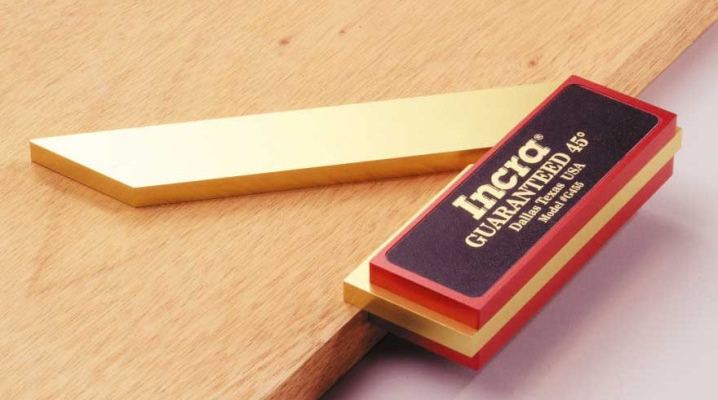
It is necessary for any person to know everything about nonsense, at least periodically engaged in woodworking. In addition to the general purpose of this carpentry tool, you should study its features of use. A separate topic is how the angle is marked and controlled.
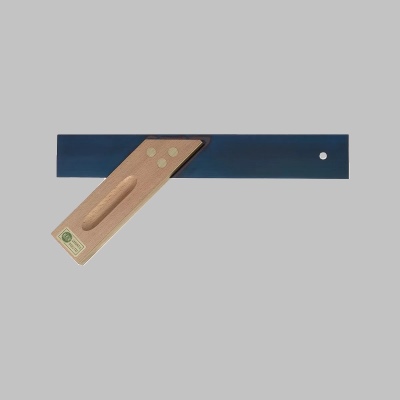
What is it and why is it needed?
Jarunok - less often pronounced and written "jarunok" - a kind of carpentry tools... Its main purpose is to accurately measure and mark angles. Structurally, the jerk is made like a block. A ruler is placed in it at an angle of 45 degrees. When the corner is marked, the fixture is pressed against the board.
Carefully monitor the accuracy of the location... The part of the block placed below the ruler should be pressed against the sidewall of the workpiece. It is equally important to monitor the density of the ruler on the horizontal. To accurately prepare a straight line or make a mark, you need to take a pencil or a pointed tip. Despite the apparent simplicity, it is very difficult to do without a carpenter's square when working with wood.
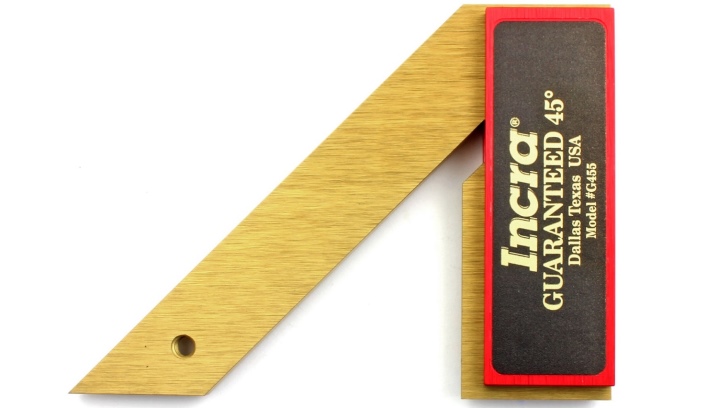
If there is no such tool, manipulations become much more complicated. It is almost impossible to do anything other than the simplest work without a square. The jerunok is therefore an indispensable device in the activities of carpenters and joiners.... With its help, parts are fitted as accurately as possible. It is hardly possible for even the most experienced people to rely on an eye in such a matter.
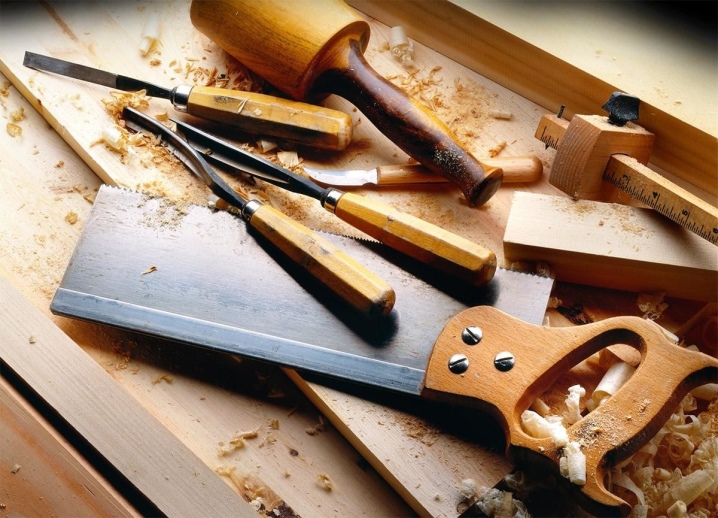
The joiner's square allows you to mark surfaces that are mutually at right angles. You can also check if right angles are set correctly. The auxiliary scale helps to measure angles, as well as mark objects with an ambiguous, contradictory shape. The simplest version of the square is simply a marked plate, firmly clamped inside the handle at a right angle.

The difference between specific nonsense often concerns their size. The length of the ruler can vary from 60 to 1600 mm. The base block can be made from metal, wood or plastic.
The design is often referred to simply as a "corner".
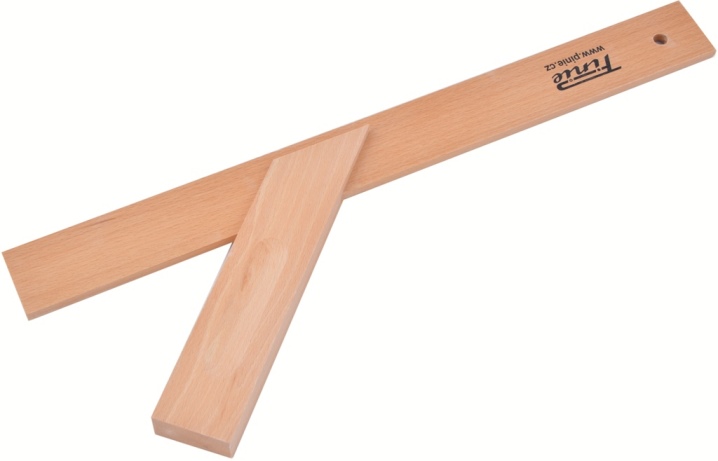
In most models, the length of the ruler and tool handle is 1 to 1.
How to use?
The most versatile are nonsense, where the scale for measurements is located on two edges of the ruler and on the handle. It is advisable to prefer devices on which the marks have been engraved. Paint, unlike engraving, tends to fade, especially with active use. The thinner the strokes, the more accurate the measurement will be.... Attention should be paid to the dimensions of the rubbish.
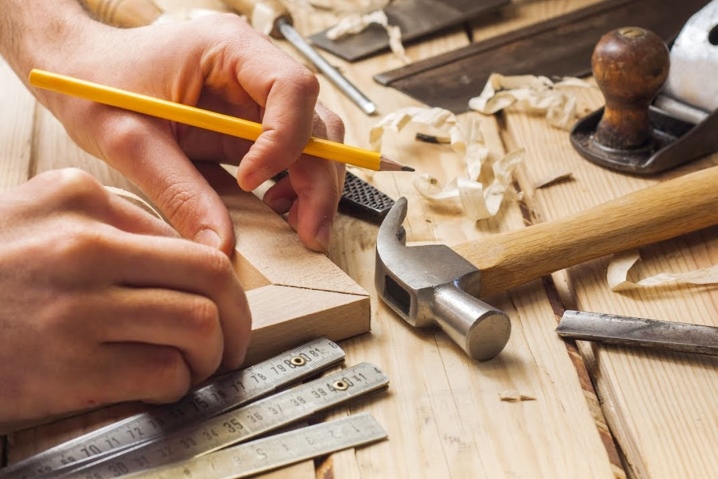
A very short ruler only seems like a handy tool. In fact, it does not allow you to mark lines of the required length, especially when cutting plywood. Most often, the normal surface length is 60 cm. You can not use a tool in which there is at least a slight backlash; Normally, the parts remain in place even with little effort - otherwise the measurements cannot be accurate.
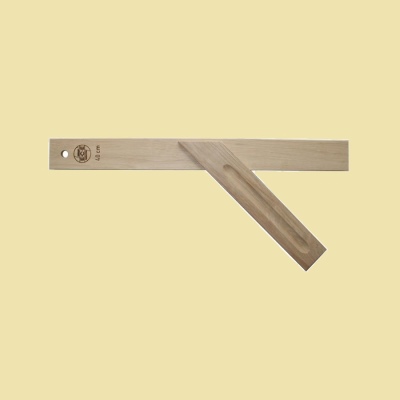
In most cases, the shank plate is made of stainless steel. But the materials of the handle may vary. Each craftsman usually takes products for himself, evaluating them by weight and ease of holding in the hand. The carpentry square is pressed against the surface in the end plane. Important: we are talking about the very surface to which the perpendicular should be drawn; you can draw strokes using a pencil or any sharp object.
The accuracy of the square is checked from time to time using a scribe plate.For this check, take either a control piece with deliberately verified parameters, or a board with a planed perimeter. The clamping of the square is carried out by different edges of the ruler, depending on whether it is necessary to specify the outer or inner corner.
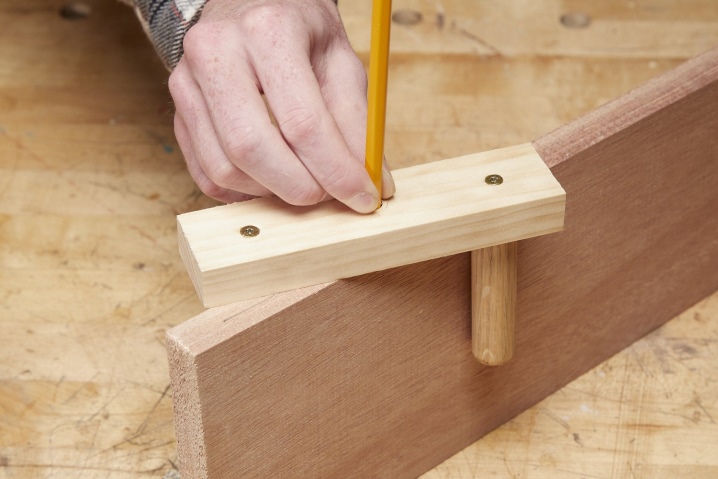
Important: Nonsense is suitable for marking and testing angles of 135 or 45 degrees. If necessary, you can replace them with devices of the universal series.
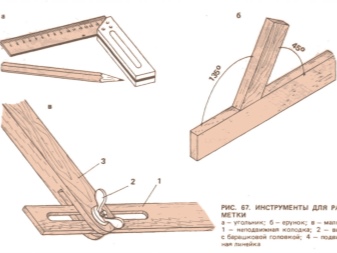

Care Tips
All types of squares, including nonsense, should be made of healthy, knotless wood. If necessary, layers of light varnish or natural drying oil are applied again. These mixtures should also be used for processing wooden templates. All devices (more precisely, their metal parts) must be periodically wiped with a cloth saturated with oil. The quality and functionality of the marking devices should be checked more often, if problems are found, they should be immediately eliminated; All marking tools and templates should be kept dry, ideally suspended.

If the instrument has to be transported, it is advisable to keep it upright... Covering with a thin layer of petroleum jelly helps to avoid rust. The same treatment is carried out if moisture cannot be avoided during storage. Soaking in kerosene helps to remove rust. After this procedure, wash off all the dirt with gasoline.
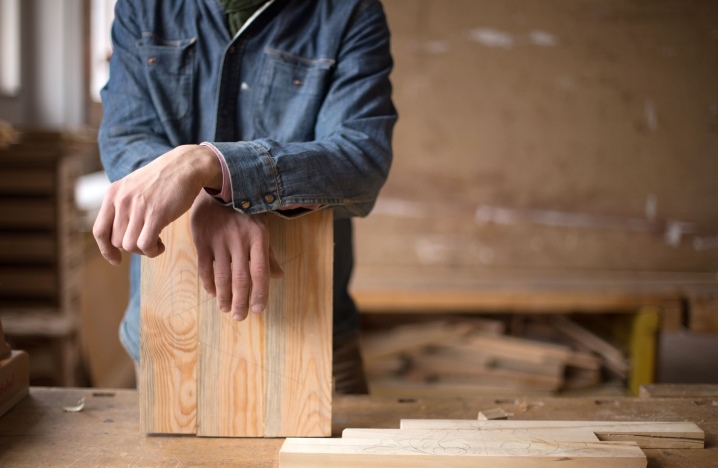













The comment was sent successfully.